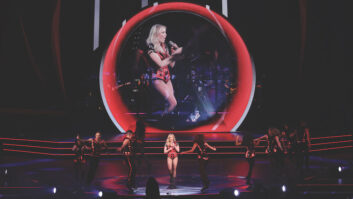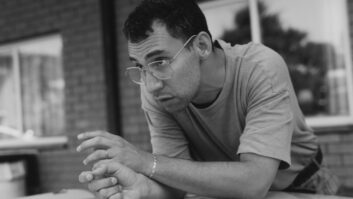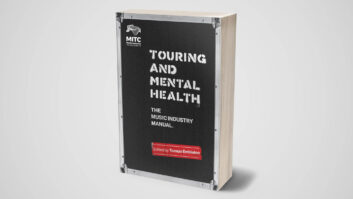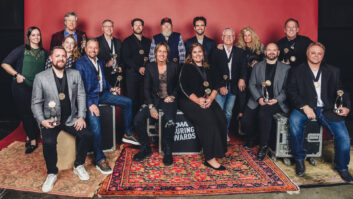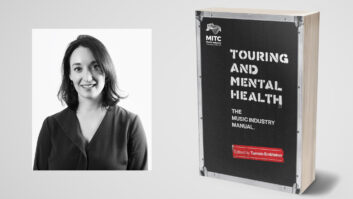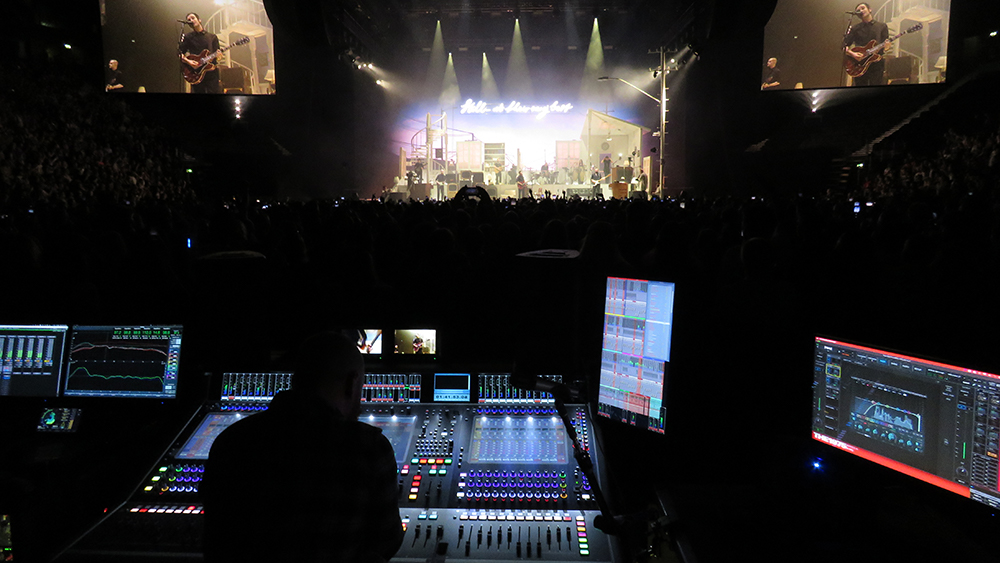
New York, NY (April 3, 2024)—The 1975 may be named after a bygone era, but their music is of today—as is the technology used to bring it to life while on tour. Touring the globe for 18 months with a concert that is equal parts rock show and theatre, the band’s audio team—FOH engineer Lee McMahon and monitor engineer Francois Pare—have their hands full daily making each show sound its best.
Both mixers use DiGiCo desks, with a Quantum 7 at the FOH position, and Quantum 5 used for monitor mixing at stageside. Says Pare, “Nowadays the shows are so involved, there aren’t many desks that can handle the number of channels we need. On The 1975, we have an eight-piece band, and the show is quite theatrical, there’s a lot going on effects wise on stage, so it all adds up!”
McMahon concurs, noting, “Building this show has been an amazing journey; the band really care about sonics and how to interpret album production elements in the live domain. That’s something I take very seriously. I want to present their craft in the best way possible, sometimes pushing the boundaries of what is traditionally achievable within occasionally hostile acoustic spaces. It’s been a lot of fun bringing this show to fans all around the world.”
Mixing Mitski’s Ever-Expanding Tour
The FOH mix requires that a lot be looked after—there’s around 200 channels, accounting for around 128 stage inputs, effects returns, utility channels and playback. “Broadly speaking, I mix inputs to Groups that combine at the Master buss,” says McMahon. “I’m using matrices to drive PA, nearfields, auxiliary record feeds, 2-tracks and VIP feeds. I use a lot of Groups, about 80 percent of my show is just on the Control Group layer which is controlling a mixture of input channels, group output and aux sends. This means I can keep my head up and respond to the mix as I want to, without having to hop around the console.”
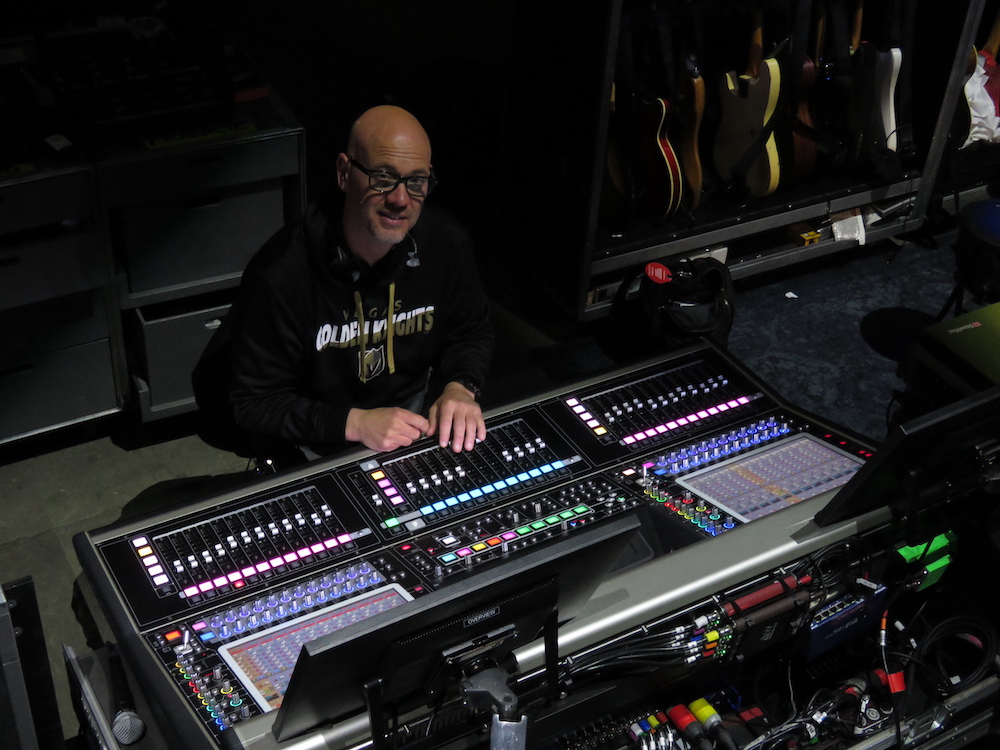
There’s just as much to keep track of in monitorworld, too, says Pare, noting, “I’ve got 152 input channels, around 59 Auxes and a 31×16 Matrix. It’s a huge show. I try to keep my use of the onboard features as limited as possible to keep the show streamlined, just in case, but the Mustard and Chilli are really needed. There is a distortion we use on the saxophone, of all things. It’s an octave down and adds a kind of guitar feel, thickening up the mix. It’s really nice and I’d need to have an outboard distortion if I didn’t have that. We also use it for vocals, so it’s handy to have. The EQs are really good, too.”
